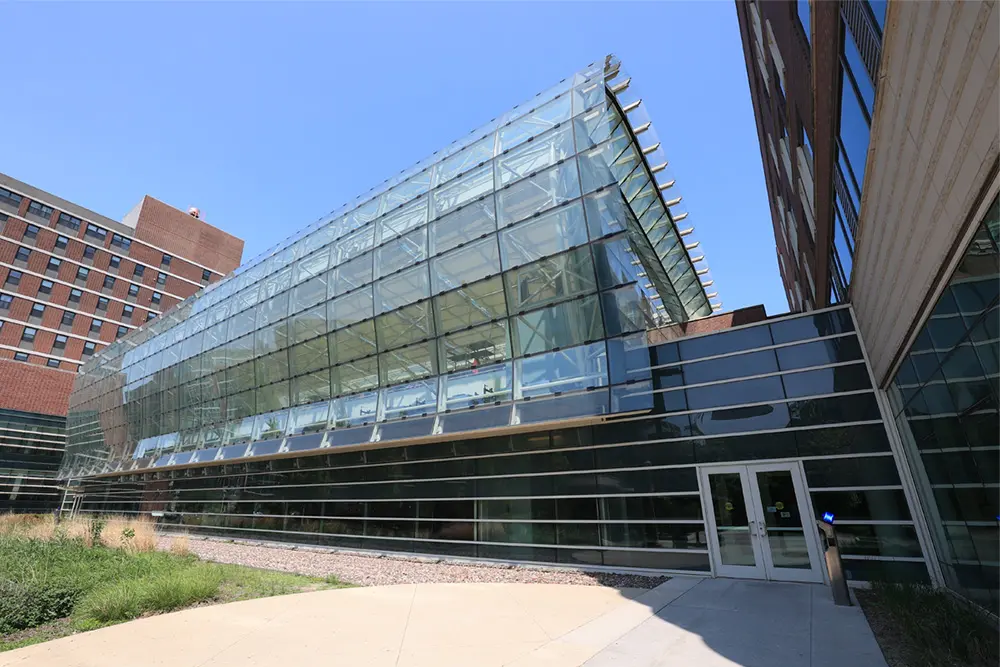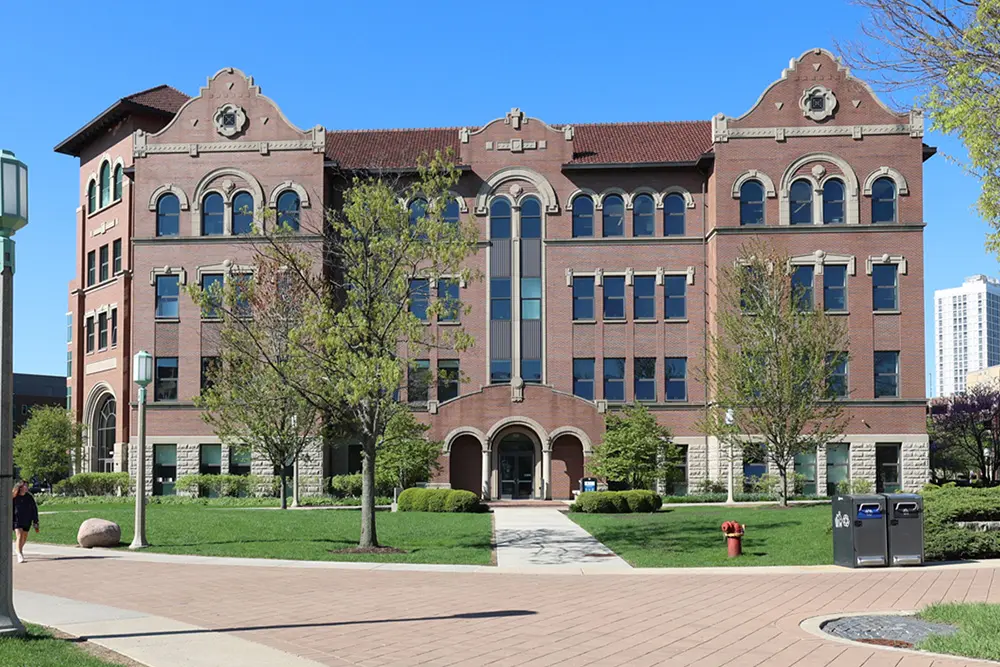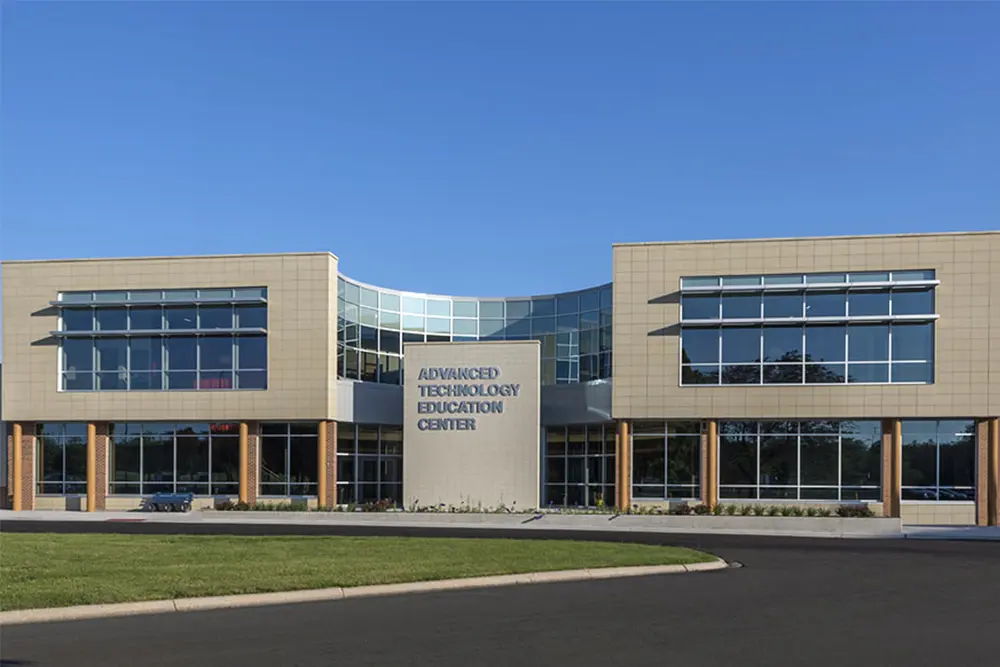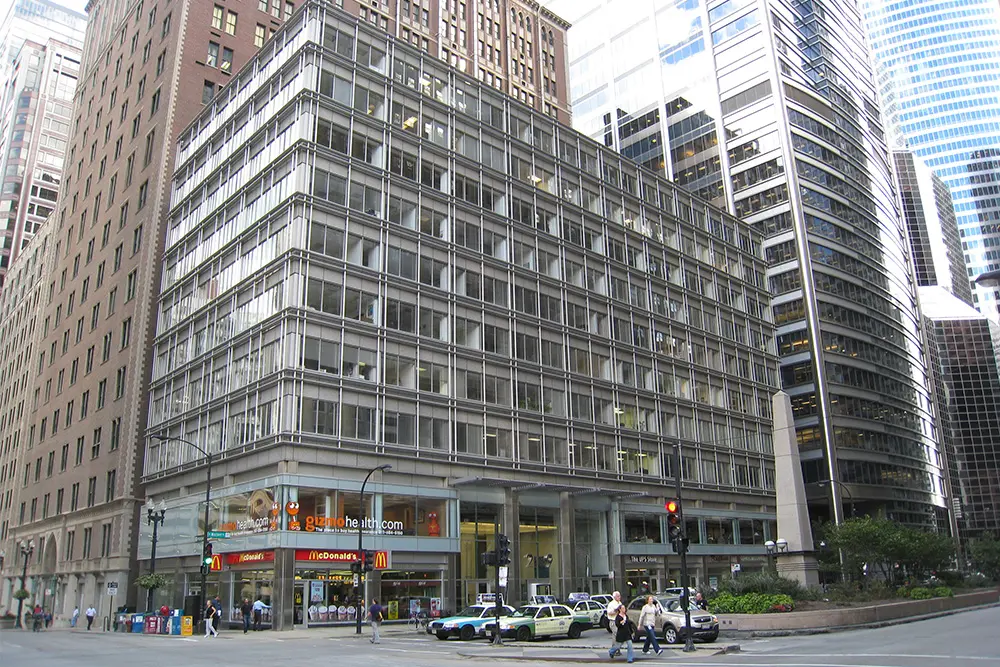In light of the current COVID-19 pandemic, building owners and managers have increased their interest in HVAC strategies and products aimed at reducing the airborne transmission of viruses. While current research is limited on the specific characteristics of SARS-CoV-2 and its transmission, there is sufficient research on methods to help control the transmission of other infectious diseases.
For example, there are several strategies and products in the market today that are intended to reduce or remove pathogens from breathable air within buildings or systems. Many of these are supported by extensive research and practical experience while others employ new technologies with less substantiated data. Common strategies and products used today include:
- Increasing ventilation (outdoor air) rates
- Increasing air filtration effectiveness (MERV-13 or better)
- Installing ultraviolet (UV-C) lights
- In central air handling equipment
- At upper room fixtures in the space
- Implementing Bi-Polar ionization
- Installing local exhaust and/or ventilation supply
- Adding local filtration
These strategies can be implemented in new equipment/facilities or they can be retrofit in existing equipment/facilities. Strategies may also be combined to amplify their effect or to address varying needs. The right solution for your facility will depend on many factors and there is currently no one-size-fits-all solution. A comprehensive plan should be developed that is suited for a building’s specific goals at individual space levels.
The implementation of HVAC strategies aimed at reducing the airborne transmission of viruses within buildings should incorporate the following steps:
- Review Options: Working collaboratively with a professional engineer or industrial hygienist; identify, evaluate, and document potential virus mitigation strategies specific to the facility and its goals. These may include permanent or temporary measures which can be deployed now or in the future and may be part of a building re-opening plan under the current pandemic.
- Implement: Once options have been assembled and specific strategies selected, the professional engineer or industrial hygienist should prepare detailed specifications, assist in obtaining contractor pricing and review implementation by the successful contractor.
- Monitor and Adjust: It is important that after the implementation of any strategy, its resulting effectiveness and ongoing performance be monitored. This may include periodic testing of particulates or continuous monitoring through the building automation system and can vary widely based on the goals and strategies identified. Where actual performance is found to fall short of the desired thresholds, additional strategies can be implemented or controls adjusted to enhance performance. This monitoring and adjustment phase should be discussed and planned for as part of the initial options review.
Additional information regarding this topic is available through a recently released position document prepared by the American Society of Heating, Refrigeration, and Air-conditioning Engineering (ASHRAE) which provides an overview of infectious disease transmission and previous ASHRAE research. The document can be found here.
For more information, please contact us at 708-236-0300 or info@elaraeng.com.



